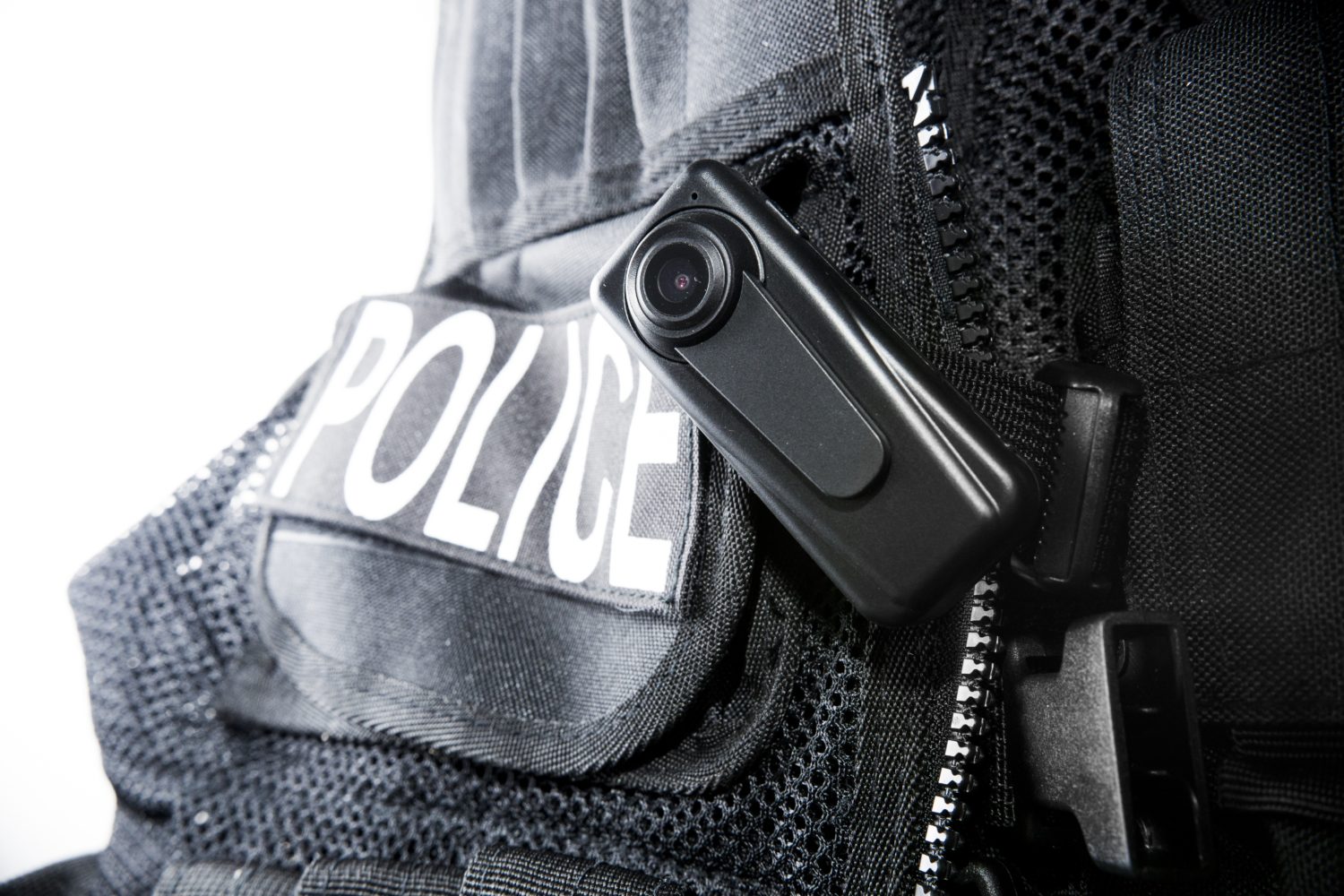When the posse of ten sheriff’s deputies quietly gathered outside the front door of David Romanoski’s home on Charles Avenue last November, he was not even a person of interest. The deputies were instead looking for Justin Knisell, a young man that he had allowed to sleep there on a number of occasions. Knisell was suspected of beating two men with a pistol during an armed robbery earlier the same day.

According to Romanoski’s fiancé, Karen Tackett, he often let people come and go freely, and Knisell was someone who had stayed with them “here and there”. But she also says that things had gone sour between the two men after a recent argument, and that the house had been “on lockdown” ever since.
A plain-clothed deputy knocked on the door first, claiming to be there to fix the furnace before pushing his way in, followed closely by the rest of the team. Tackett, another woman and her 17-year-old son were all forced to the living room floor as deputies headed into the bedroom where Romanoski had been sleeping. It was here that they claim Romanoski was brandishing a shotgun and wearing a pistol. He was shot three times.
Karen Tackett claims that the officers never identified themselves out loud, and that the shotgun was behind a door, out of Romanoski’s reach. The deputies remember it differently. It is impossible to know for sure, because none of the deputies were wearing the department’s body cameras. After the incident, Sheriff Al Kisner said that deputies had stopped using the devices because they did not record well in low light and had poor battery life. He said that the department had applied for grant money to purchase a more reliable model, but it was not approved.
Police shootings are always a sensitive issue, but particularly so in this case because someone not suspected of a crime had been killed on their own property. Body cameras would have revealed the two most important factors in determining the legality of the killing: 1) whether deputies did indeed announce their identity and 2) whether David Romanoski was indeed brandishing a shotgun when he was killed in his bedroom.
It is easy to imagine a realistic scenario in which neither the authorities nor Romanoski were legally at fault for his death. If Romanoski had the house on “lockdown” fearing further interaction with Knisell, and was then awakened from sleep by the sound of shouting as deputies forced their way inside, he may have thought Knisell – who had just committed an armed robbery with an accomplice that day – was doing the same to him. Grabbing a shotgun from behind the door may have been a perfectly reasonable response to the situation; it may have been equally reasonable for an officer to respond the way he did while serving an arrest warrant for a violent criminal.
Long-time Morgantown newscaster and commentator Hoppy Kercheval noted at the time: “[T]he circumstances surrounding the death of Romanoski are troubling. In some ways, he was like many West Virginians who arm themselves against a possible home invasion.” Without body camera footage, we’re left to speculate, but a grand jury later found that there was no reason to charge the officer who fired the sh ots.
ots.
On November 26th, 2016 – a full year after the shooting of Romanoski – Sheriff Kisner announced that the Monongalia Sheriff’s Department had finally received new body cameras. However, when Zackquill filed a FOIA (Freedom of Information Act request) for the purchase order, the department sent one that had been completed that very day: December 1.
How the department was in possession of cameras it had not yet purchased is unclear, but the fact remains:
Body cameras will soon be worn by all Monongalia County deputies. Future cases like Romanoski’s will, Morgantown hopes, be less clouded by the doubt and uncertainty that plagued residents – especially his fiancé – after his death.

